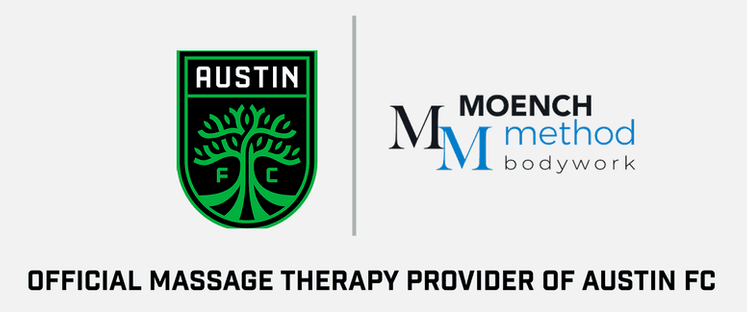1. Use dumbbells instead of straight bars
One of the things that you can do with dumbbells that you can’t do with a straight bar is rotate your hands so that the palm sides of your hands are facing each other.
This is the position your hands should be in when you are doing Military Press, Bench Press and Bent-Over-Rows. With your hands in this position your elbows are at your sides which will automatically put less stress on your shoulders and elbows. (Question. Where do most athletes have upper extremity injuries? Answer. Shoulder and Elbows.)
Try this yourself now without any weights in your hands. Put your arms in the position that you would do a normal Military Press with a straight bar.
Where do you feel the stress/tension? Front of the shoulders, right? Now do the same thing and pull your elbows and hands in towards each other. Any tension or stress there now? No? Didn’t think so.
Now move your arms like you are doing a Military Press, Bench Press and Bent-Over-Row with your arms in that position. Not much stress or tension, correct? That, ladies and gentlemen is the point. To put less stress and tension on the joints in the upper body especially when you are loading them with weight!
Now on to the lower body.
The main gripe I have with using a straight bar for squats and lunges is that you have heavy weight perched on the C7/T1 vertebrae of the neck/upper back and all it takes to sustain a life/career changing injury to the low back is a misstep, twist or bend at the wrong time in the exercise.
It happens all the time. If, instead, you are holding dumbbells at your sides, the weight is below your waist and because of that your risk of injury is greatly reduced.
2. Multi-plane/muscle exercises
The concept here is to work the muscles in your body the way they are used in every day living or in a sporting event. There is not a sport where an athlete is using only one muscle group while on the playing field.
Doing exercises like bench press, squats, lunges, military press and bent-over-rows work a multitude of muscle groups. In addition, using cable pulls or thera-bands or thera-tube exercises through the range of motion that you would throw a baseball or swing a golf club also uses many muscle groups together to work on your body’s muscle memory…an extremely important aspect of any sport.
Another advantage to doing this type of resistance training is that your workouts can be done in a fraction of the time of traditional weight training where people sometimes spend hours working individual muscle groups separately.
In addition to the risk of muscle imbalances developing, a workout that is too time consuming is one that you will eventually tire of and quit doing.
3. Use low weight / high reps / fast
This is really where we break from traditional “wisdom”.
Let me start with a question. If you were training someone to swim the English Channel would you have them doing 80% of ‘max’, 3 sets, 8 reps? Of course not…they’d sink a hundred yards out! Swimming the English Channel would take a great deal of stamina and strength…like most sports do! Why not train for both strength and stamina / endurance?
Baseball pitchers in high school will sometimes pitch a complete game which in high school is 7 innings. During that game they may throw 100 pitches or more, plus warm-up pitches before the game and in between innings.
That is a lot of repetitions…and the ball only weighs, (drum roll please), 5 ounces! I’ve said it thousands of times it seems…you don’t need to be able to bench press 300 lbs. to throw a 5 ounce ball fast.
As matter of fact if anyone out there knows of someone who can bench 300 lbs. and throw in the 90’s I’d love to hear from you! I don’t think that person exists. If, though, ‘conventional wisdom’ held up then there would be thousands of such people.
Using light weights with high repetitions through a full range of motion,fastis the best way to train athletes to increase the amount of fast twitch muscle fiber, increasing speed, stamina and strength.
As the weight becomes easy to handle you simply have to increase the weight slightly to continue to challenge the body to get stronger and stronger, faster, with greater stamina and endurance…with virtually no risk of injury! There isNO NEED TO ‘MAX OUT‘…NONE!
4. Use higher weight / lower reps / slow
Alternate your routine by taking the amount of weight you use in the ‘fast’ workout, double it and do as many repetitions as you can, through a full range of motion, as slow as possible.Try Moench Method Bodywork’s 5/50 Workout Method. This may seem counterproductive but with this routine, you actually activate more muscle fibers, both slow and fast-twitch and increase power.
As you increase the amount of weight used in your ‘fast’ workout, increase the amount in your ‘slow’ workout.

